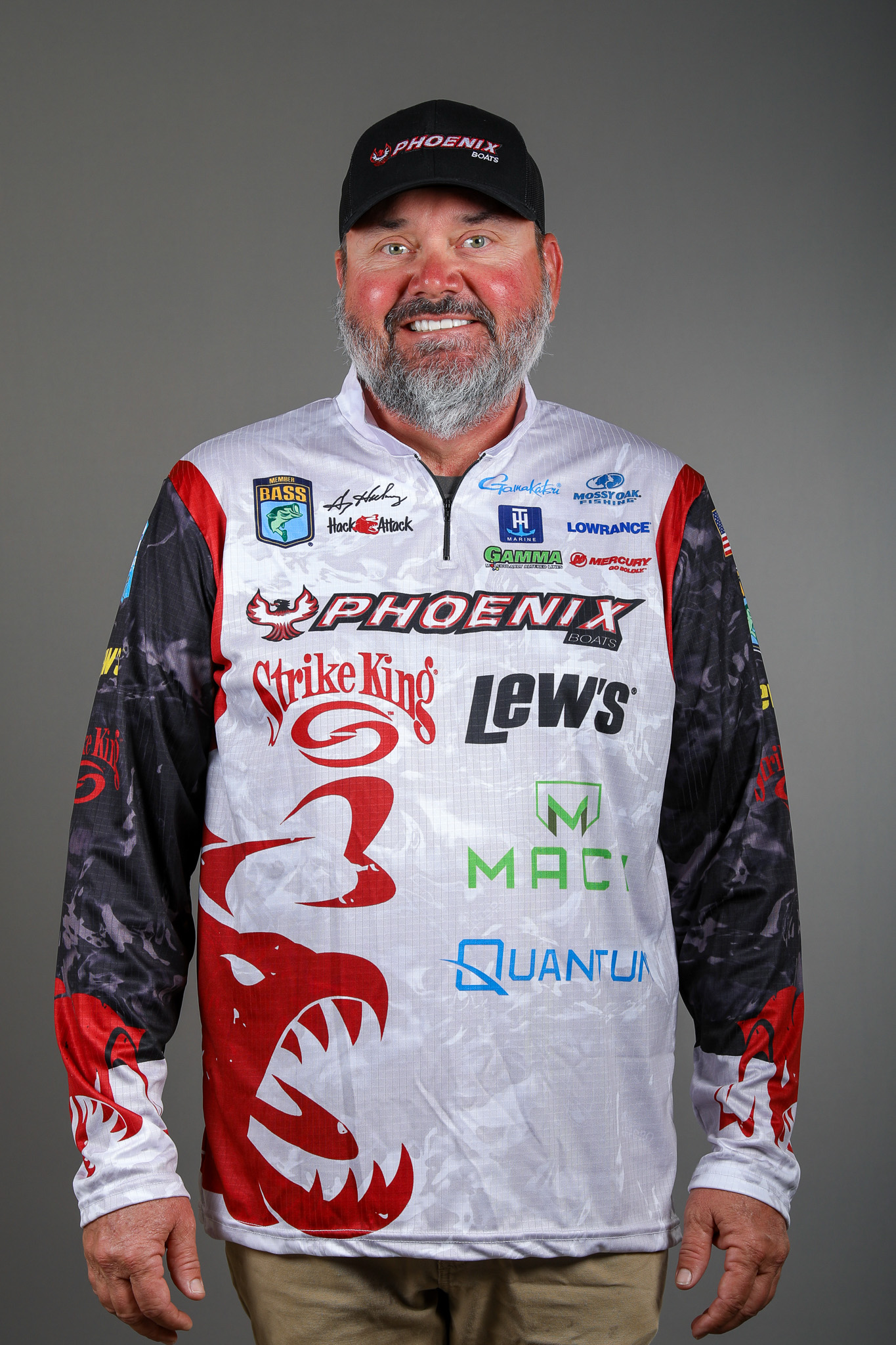We ended last week’s discussion with some of my thoughts on the newer wobble-head jig designs. I said I’m not a fan of the split ring design. The reason is that if you attach a split ring to the loop, and then attach the hook to the split ring, you get too much movement, you put the trailer too far back behind the head of the jig and you put a joint between the trailer and the jig head.
In my experience, too much movement, especially wiggle, isn’t good with bottom oriented baits. They don’t look natural when they do that. It’s overkill.
The other problem with that design — the trailer being too far back and a joint between it and the head — is it’s a little more complicated. If the fish takes the bait from the front, he or she may not get the hook in his or her mouth. If the fish takes the bait from behind, the trailer may fold over the head, ball up everything and cover the hook point.
Either way, the result is a missed strike.
The advantages that a split ring design does have, however, is that you can change the hook if you want a different size or brand, and you can change the hook if it gets buggered up. These advantages do not outweigh the disadvantages. At least that’s my opinion. Lots of lures have fixed, permanent hooks. That’s just the way it is.
There’s one other modification available that I think is worth mentioning. That’s the Denny Brauer Structure Jig. (There may be other ones out there with a similar design. I don’t know. I’m sponsored by Strike King so naturally their model is the one I’m most familiar with and the one I feel most comfortable discussing.)
Basically, it has a football head top and a flat bottom. It doesn’t look exactly like a standard football head, but it does have the wide shoulders and rounded top that really defines a football head in my mind. The bottom isn’t perfectly flat, either. It is, however, flat enough to get the job done.
It’s a kind of all-purpose model that’ll come through heavy cover fairly well but still kick up a fuss when it gets out over an open bottom. It really is a good design. I use it a lot.
Swim Jigs
These are jigs that are designed to be reeled in as opposed to being hopped or dragged along the bottom, or pitched and flipped. I struggle with the definition of a swim jig because, really, you can swim any jig you want. All you have to do is raise your rod tip and crank fast. It’ll swim.
But, some jigs do that better than others. That’s because they have the right design. For starters they have a line tie that’s between zero and 20 degrees.
Note: Before we go any farther we need to make sure we’re all on the same page when it comes to line tie angles. I measure from the tip of the nose of the head, the foremost point. If a line tie comes perfectly off the nose, it’s at zero degrees. If it comes off the very top of the head, it’s at 90 degrees.
We’ll continue this discussion next week.





